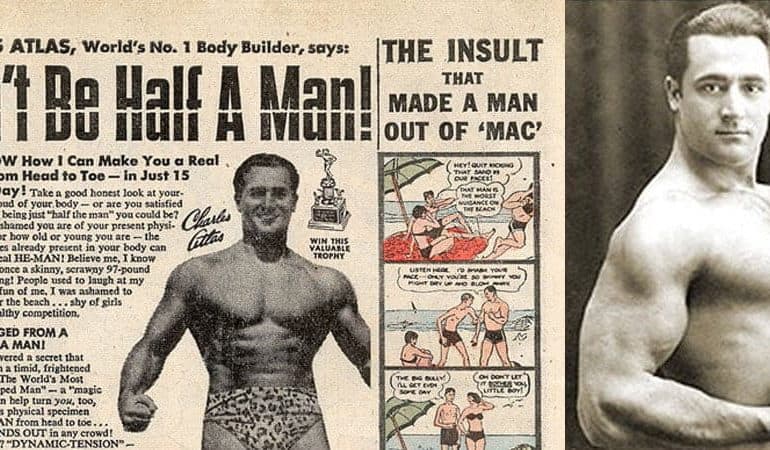Let’s all take a ride through the jungle of Hyper-masculinity to know how it affects our men and how can we help them to emerge out of this jungle safely.
Many people consider hyper-masculinity as an interchangeable term with toxic masculinity. While both of them are by due diligence of patriarchy, both have very different context and meanings.
Toxic masculinity means to use masculine traits to be abusive, hostile or to hold social power to condescend others. While on the other hand, hyper masculinity is just an very exaggerated form of masculinity, which works towards reinforcing the conventional and rigid concept of masculinity.
Taking an example, for instance you’re walking on the footpath, you see a car parked next to it, the car has a man just sitting, what’s amusing is the moment a girl passes by he cranks up his football radio or tries to loudly tinker his car so that girl can see how masculine that man is. This in its truest form is hyper-masculinity.
Hyper-masculinity, is a sociological term denoting exaggerated forms of masculinity, virility, and physicality. With that answered, let’s trying answering few other questions to understand this concept better.
Why are we considering hyper-masculinity as a dire problem?
Every man is not the same. The individual freedom that each man is entitled to is often taken away by hyper-masculinity. It burdens them with unrealistic standards of being a man. It promotes a binary concept of gender, than what it is, fluid. In many cases it leads to violence against men, and in all cases it leads to mental harassment.
Scholars have suggested that there are three distinct characteristics associated with the hyper-masculine personality. They are-
- The view of violence as manly
- The perception of danger as exciting and sensational
- Callous behaviour toward women and a regard toward emotional displays as feminine
Consider the above with these few real life examples of our own nation.
- A 12 year old boy was beaten traumatically by his classmates for wearing a pink shirt to his classroom.
- More than 56% of men face psychological abuse from unrealistic male expectations.
- Almost all boys have always been told that they’re not supposed to be kind or gentle or even cry.
Hyper-masculinity enforces toxic masculinity which paves way for many social evils like rape culture, mental harassment and much more.
How have we internalized this behaviour as a society?
Hyper-masculine archetypes abound in the mass media, especially action films. There are uncountable films that features a strong, silent hero who exhibits no emotion as he dispatches his enemies. A female lead character with exaggerated “feminine” qualities is often added to accentuate the masculine traits of the hero.
The other way of internalization comes from family power dynamics. It’s imperative to realise how to raise our men. Mothers raising their son to be tough, to not allow them to play with dolls and laugh at any sensitive thing they do are the prime cause of this evil.
Often, these ideals of idol men are enforced on men of the society by their most inner circle of family and friends, making them feel maybe this is the way to be.
How can we help?
The biggest help would recognising this behaviour and calling it out. If it’s been told as wrong then are there, it will be stopped from being a norm. Calling out of people, movies even elders is the way to go.
The other way is to sensitive about it with them, this is what they’ve seen their entire lives, they would need time to realise this isn’t the way to be.
Another way could be to normalise them with them also expressing their feelings and also crying.
Hyper-masculinity isn’t a man’s problem, it’s a societal issue. It’s a burden with which most men live, and it’s time for them to break free.
Feature Image Credits: What’s wrong?
Chhavi Bahmba



Comments are closed.